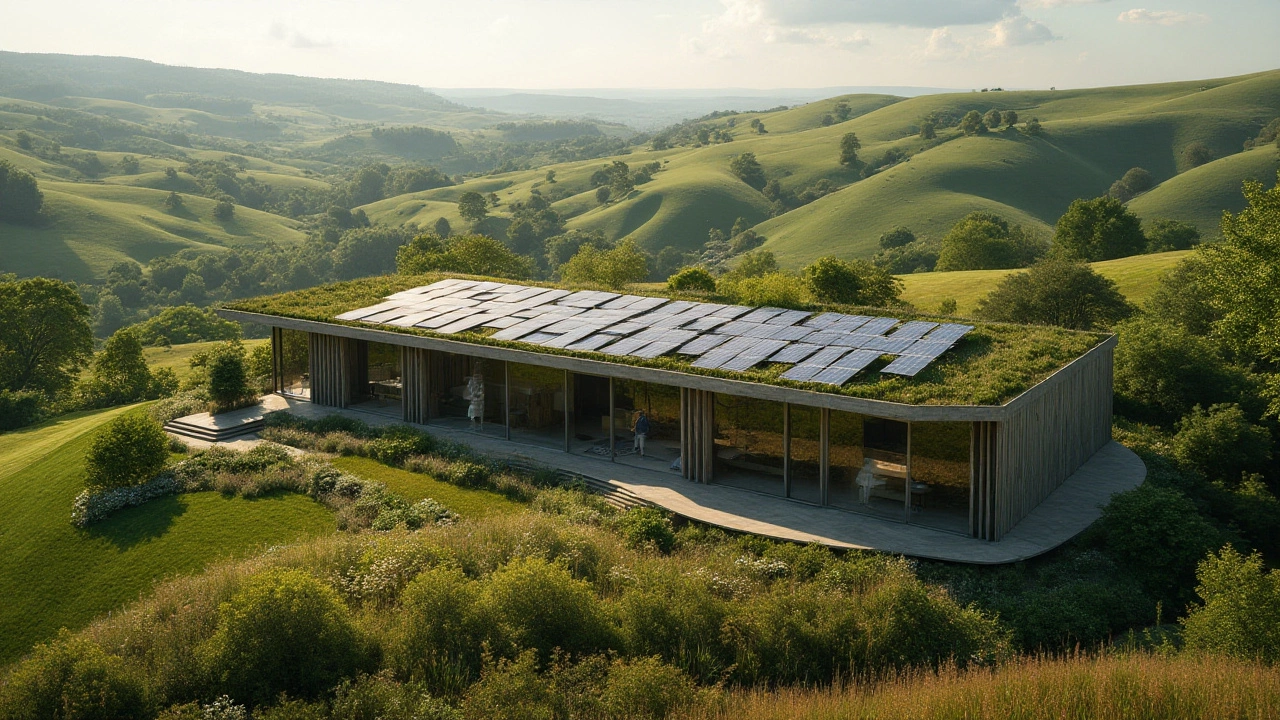Billion‑Dollar Houses: Inside the World’s Most Expensive Homes
If you ever scroll past a news headline about a "billion‑dollar house," you probably picture a massive mansion with a private runway, a pool that lights up at night, and a staff of dozens. Those homes aren’t just big; they’re built to impress anyone who can afford the price tag. In this guide we’ll break down why some homes reach that crazy number, where you can actually find them, and what buyers look for when they spend a billion on a single property.
What Makes a Home Worth a Billion?
First off, location matters more than anything. A beachfront estate on the French Riviera or a cliff‑side villa in Los Angeles can command astronomic prices because the view is priceless. Next, size and amenities play a huge role. Think dozens of bedrooms, a private cinema, a wine cellar that can hold thousands of bottles, and a helipad for quick getaways. Materials also add up – marble everywhere, custom‑made furniture, and art installations from world‑renowned artists can each cost millions.
But the biggest driver is rarity. If a property offers something you can’t find anywhere else – a historic castle with original frescoes, or a completely self‑sustaining island – the price spikes. Buyers at this level also care about privacy. Gated communities, underground tunnels, and advanced security systems are standard, and each extra layer of protection adds to the final bill.
Where to Find Billion‑Dollar Listings
These homes don’t sit on typical real‑estate sites. They’re listed on elite platforms that cater to high‑net‑worth individuals. Agencies like Sotheby’s International Realty, Christie’s International Real Estate, and Luxury Portfolio often have a dedicated “mega‑mansion” section. Some listings are even private – the seller works through a trusted broker and only shares details with pre‑qualified buyers.
If you’re curious about current listings, start by checking market reports from these agencies. They usually publish annual reviews that highlight the most expensive sales and upcoming properties. You can also watch luxury real‑estate auctions; occasionally a historic palace goes under the hammer for billions.
Another tip: follow high‑net‑worth lifestyle magazines and social media accounts. They often showcase sneak peeks of homes before they hit the market, giving you a feel for what’s out there.
Keep in mind that buying a billion‑dollar house isn’t just about the purchase price. Ongoing costs – property taxes, staff salaries, maintenance for massive gardens and pools – can easily run into tens of millions each year. Most buyers set up a dedicated trust or company to manage those expenses.
In short, a billion‑dollar house is a mix of prime location, unmatched luxury, and absolute privacy. If you ever get the chance to step inside one, you’ll see why the ultra‑rich are willing to spend a fortune on a single address. Whether you’re just day‑dreaming or seriously hunting, understanding these factors helps you make sense of the jaw‑dropping numbers you see in the headlines.

Eco-Friendly Billion-Dollar Houses: Exploring Feasibility and Future Potential
As the world focuses on sustainable living, the concept of a billion-dollar eco-friendly house inspires both luxury and environmental responsibility. While such a colossal price tag may seem excessive, understanding the key elements driving costs can offer insight into this unique segment of real estate. The balance between high-end materials and sustainable practices raises questions about luxury's true value. This article explores whether an eco-friendly house can justify a billion-dollar valuation by examining cutting-edge technologies, architectural innovations, and the environmental impact.
Continue Reading